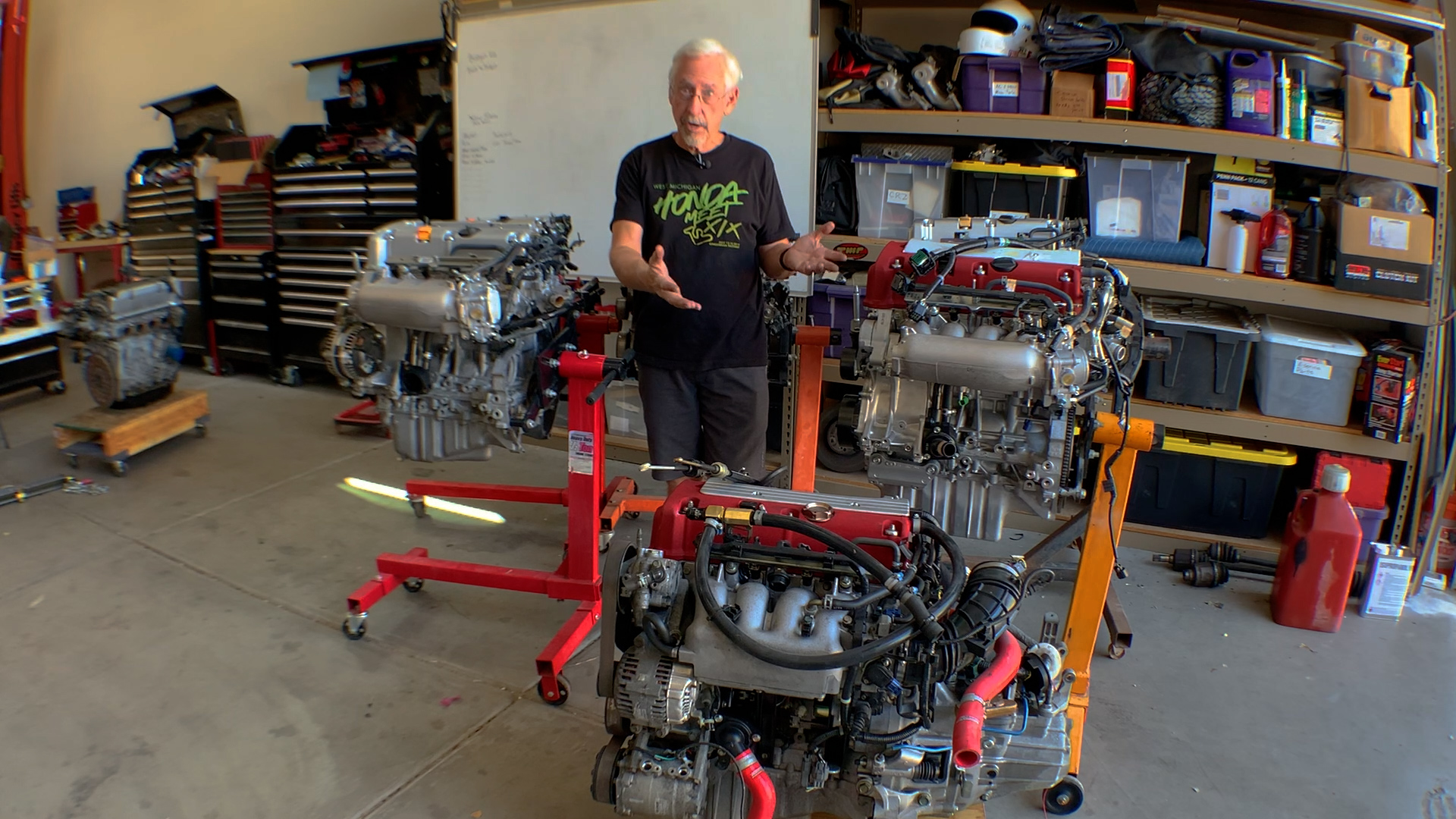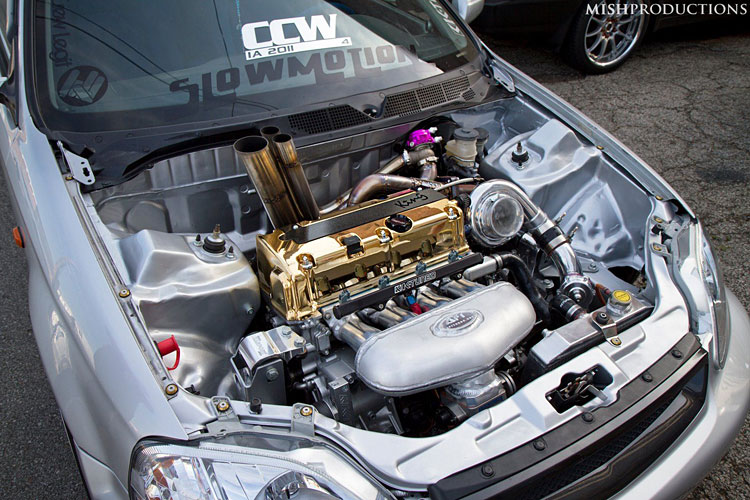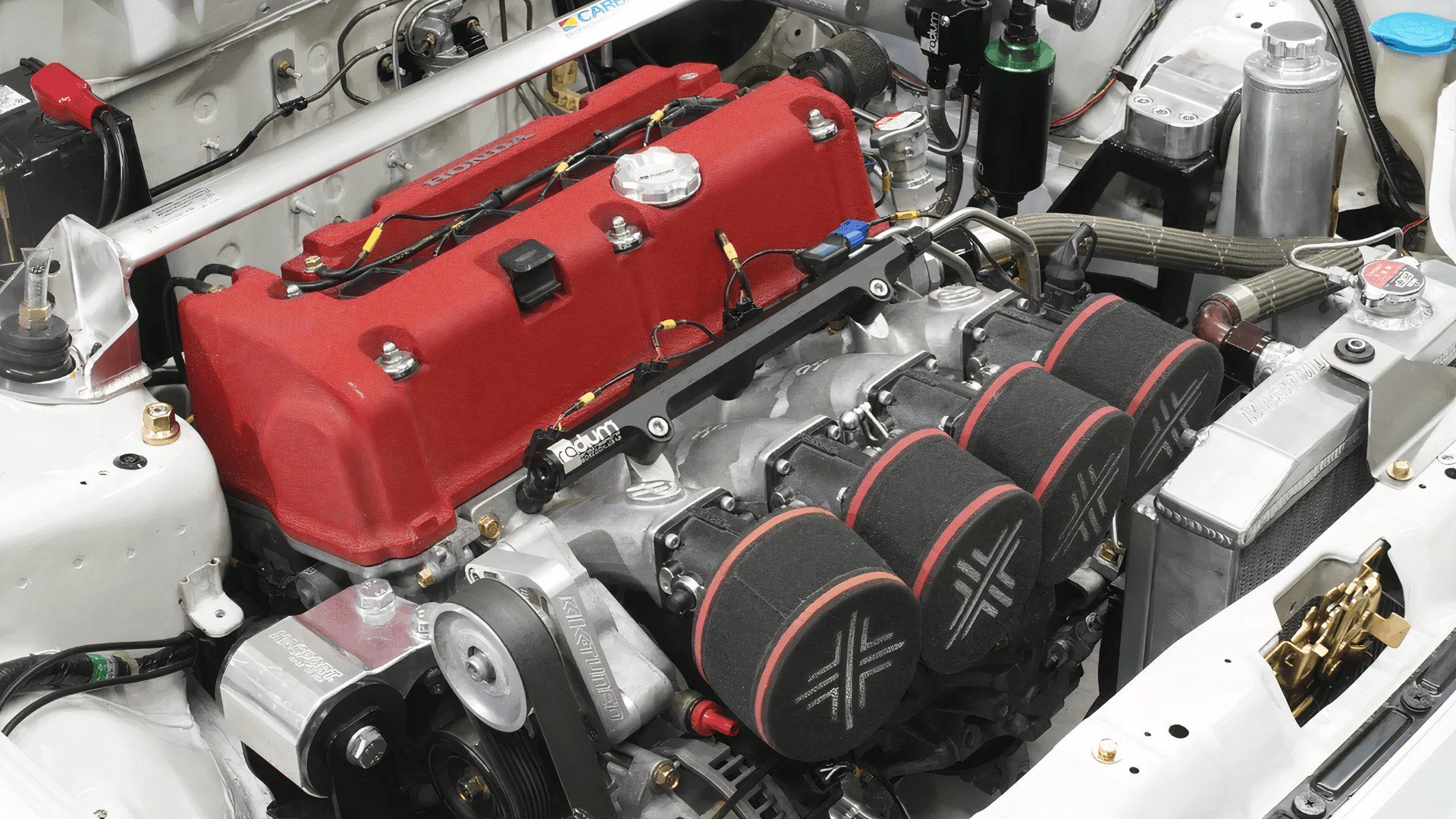Boost Your Car’s Performance with Aftermarket Upgrades for the K20 Engine to Enhance Torque
Boost Your Car’s Performance with Aftermarket Upgrades for the K20 Engine to Enhance Torque
Blog Article
Discovering the Numerous Sorts Of the K20 Engine and Their Distinct Functions
The K20 engine family, a testament to Honda's prowess in design, covers an abundant scheme of versions, each imbued with unique functions developed to enhance efficiency and efficiency. From the high compression ratio and VTEC system of the K20A Kind Engine to the dual-stage consumption manifold of the K20A2, the unique traits of these engines are a wonder to discover. As we venture better into the ins and outs of the K20Z1 and K20Z3 versions, the sheer technology behind the K20's heritage starts to unfold.
Comprehending the Standard Structure of the K20 Engine
The heart of any kind of automobile, the engine, is a complex device and the K20 engine is no different. The K20 is an inline four-cylinder engine, renowned for its high revving capacity. This fundamental framework outfits the K20 engine with the adaptability to deliver electrifying efficiency across numerous driving situations.
Going into the Functions of the K20A Type Engine

K20A Engine Efficiency Specs
While many may recognize with the broad group of K20 engines, delving deeper right into the features of the specific K20A type discloses remarkable performance specifications. This engine, located in Honda's high-performance automobiles, boasts a 2.0-liter displacement, creating an outstanding 200 to 220 horsepower and 151 lb-ft of torque. Its double expenses camshaft (DOHC) design and VTEC (Variable Valve Timing and Lift Electronic Control) system make certain reliable power delivery. The K20A engine likewise features a compression ratio of 11.5:1, which adds to its remarkable fuel effectiveness. A redline of 8000 RPM shows the engine's high-revving nature, providing motorists with a natural experience - K20 Engine. These features exemplify the K20A's remarkable equilibrium between efficiency and efficiency.
One-of-a-kind Design Aspects
Digging right into the unique style components of the K20A engine reveals an interesting blend of efficiency and engineering technology. Developed by Honda, the K20A stands apart with its i-VTEC system, efficiently combining VTEC and VTC innovations, enabling ideal power at various RPMs. Its compact layout, including a DOHC format, makes sure peak efficiency while lessening space and weight. The engine's lightweight, built rods and pistons add to its high-revving nature. The style also integrates a double-overhead camshaft, enhancing fuel efficiency and power result. A special function of the K20A is the square bore and stroke design, balancing torque and horsepower delivery. These aspects, combined with a high compression ratio, offer the K20A its enviable performance attributes.
Upgrading the K20A Engine
After examining the special layout aspects of the K20A engine, the potential for upgrades ends up being a fascinating factor of conversation. Engine tuners often set up efficiency chips, air intake systems, and exhaust systems to boost horse power and torque. Upgrading the K20A engine, when done correctly, can significantly boost the car's efficiency, making it a prominent choice among vehicle enthusiasts.
Highlighting the Staminas of the K20A2 Type Engine
The K20A2 kind engine boasts a variety of toughness worth checking out. From exceptional efficiency facets to unique functions, Visit Website this engine sets itself apart. K20 Engine. Its reliability and effectiveness metrics even more highlight its standing as a leading competitor in its class.
K20A2 Engine Efficiency Aspects
While it may be easy to forget the K20A2 kind engine in the large variety of K20 engines, it stands out for its robust efficiency attributes. This engine variation is lauded for its remarkable horse power, flaunting a peak outcome of 200 HP at 7400 RPM, making it a choice for those seeking power and speed. Its high revving nature paired with a 2.0-liter displacement facilitates a smooth and exciting driving experience. The K20A2 also exhibits solid fuel performance, balancing performance and economy. Its i-VTEC system, a vital performance element, offers maximized valve timing for far better power delivery throughout the rev variety. In general, the K20A2's performance aspects plainly demonstrate its toughness in the K20 household.
One-of-a-kind Attributes of K20A2
Regardless of its seemingly standard requirements, the K20A2 engine has one-of-a-kind features that accentuate its staminas and distinguish it from various other participants of the K20 family members. This engine version is renowned for its improved cam accounts pop over to these guys and higher rev limit, which provide boosted efficiency and power. These functions make the K20A2 a robust and absolutely special engine.
Integrity and Efficiency Metrics
Provided its unique features, the K20A2 engine naturally excels in both integrity and effectiveness metrics. The engine's small design additionally adds to its effectiveness, decreasing power loss throughout procedure. The combination of these features makes the K20A2 not only trustworthy and reliable however likewise a powerful engine that provides a premium driving experience.

Uncovering the Specifics of the K20A3 Type Engine
The K20A3 type engine, a variation of the K20 collection, holds its unique location in the automotive world. This engine is frequently located in base designs of Honda's very early 2000s automobiles, such as the Civic Si and the Acura RSX. The K20A3 is understood for its i-VTEC technology, which differs from the typical VTEC. It selectively involves rocker arms, enabling just one webcam profile till 2200 RPM, enhancing fuel efficiency. This engine likewise boasts a compression ratio of 9.8:1, contributing to its commendable power outcome. With a redline at 6800 RPM, the K20A3 supplies an equilibrium of performance and economy. It's worth keeping in mind that it does not have the high-RPM power surge quality of various other K20 variations.
Discovering the Distinct Attributes of the K20Z1 Type Engine
Often considered a peak of Honda's K20 collection, the K20Z1 type engine establishes itself apart with its distinct attributes. Introduced in 2005, this engine variation was created for efficiency and effectiveness, flaunting 210 horsepower at 7800 rpm. It is equipped with a high-flow exhaust system and an upgraded camshaft, improving its power output. This engine also includes a distinct i-VTEC system that enhances both reduced- and high-rpm performance. The K20Z1's compression proportion is established at 11:1, making sure optimal fuel efficiency and power. Its sturdiness is additionally notable, with an enhanced cyndrical tube block and crankshaft. These attributes make the K20Z1 a phenomenal engine in the K20 series, a testament to Honda's innovative engineering.
Looking into the Individuality of the K20Z3 Kind Engine
Introduced in 2006, the K20Z3 kind engine stands as an additional criteria in Honda's K20 series, distinctive in its own. The engine's special i-VTEC system, which integrates VTEC article source and VTC technologies, guarantees enhanced fuel performance and power output. The engine's chain-driven camshaft, unlike the belt-driven camshafts of its equivalents, gives better longevity and upkeep convenience.
Conclusion

The K20 engine family members, a testament to Honda's prowess in design, covers an abundant scheme of variations, each imbued with distinct features made to enhance efficiency and performance. K20 Engine. From the high compression ratio and VTEC system of the K20A Kind Engine to the dual-stage consumption manifold of the K20A2, the unique characteristics of these engines are a marvel to explore.The heart of any kind of car, the engine, is a complicated mechanism and the K20 engine is no various.Transitioning from the basic framework of the K20 engine, the post currently transforms to the functions of the K20A type engine.While it might be simple to overlook the K20A2 type engine in the vast range of K20 engines, it stands out for its robust efficiency functions
Report this page